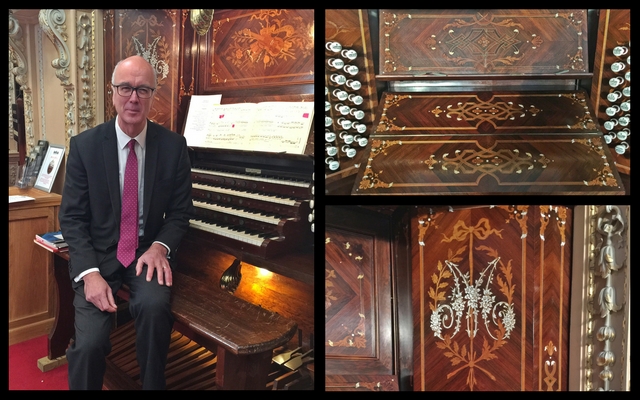My first encounter with the Blenheim Palace organ was over 20 years ago when I wrote in and asked to play it. Then and now they will accommodate visiting musicians but you have to be there early before the house opens at 10.00am.
Blenheim Palace Organ in need of repair
Sadly the condition of the instrument, the largest private house instrument in the UK, is not at its best. The choir manual is not really useable at all as some keys play two notes together because of leaks of air. On the day the top f sharp on the solo tuba was also sticking and as the Hollins Trumpet Tune was in D major that was a real challenge. And the few thumb pistons either do not work or are so slow they are of no use.
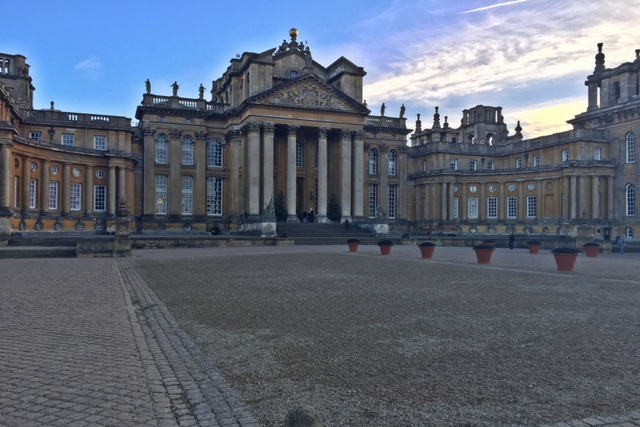
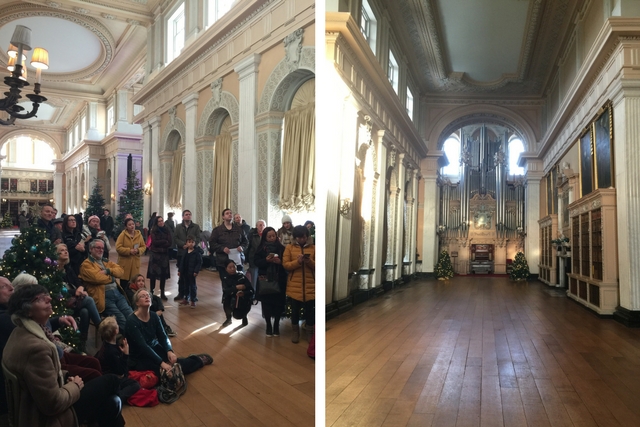
So as well as turning pages I was also pulling stops for this lunchtime entertainment as to call it a recital would be overstating the circumstances. The long library at Blenheim is a huge room and would easily seat 400 if there were seats but there are none so the visitors stream through on an almost constant basis and from time to time the poor organist is competing with the tour guides talking at high volume to their tourist groups. This is not an engagement for those expecting a focussed musical event, it is more like an afternoon tea dance at Blackpool Tower Ballroom.
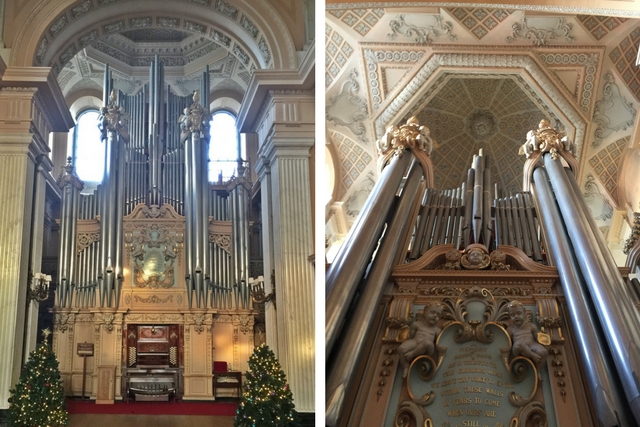
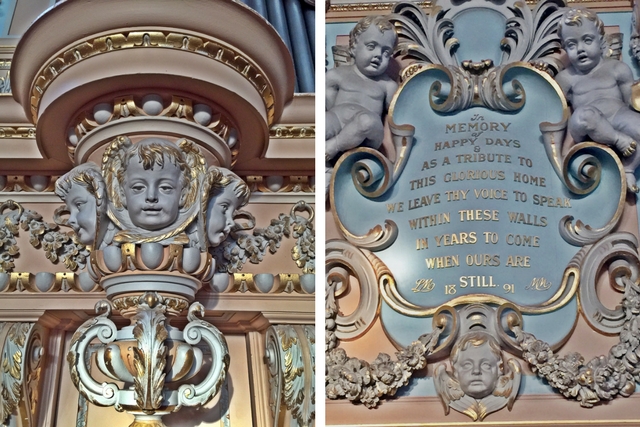
An elaborate organ console design
Nevertheless, there were a small group of attentive audience from all parts of the world such is the international reputation and appeal of Blenheim Palace. As you see from the photographs the organ is a visual feast as well as a highly versatile instrument. With our sister company Regent Classic Organs, we sometimes have the opportunity to go to town with console design, but I doubt we will ever be asked to make anything quite as extravagant as is to be found at Blenheim. Just look at the detail of the console marquetry (below) and the case carvings (above). It is clear that this was an instrument on which no expense was spared.
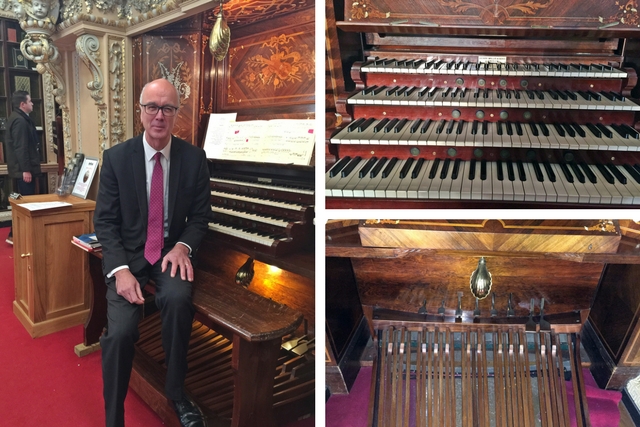
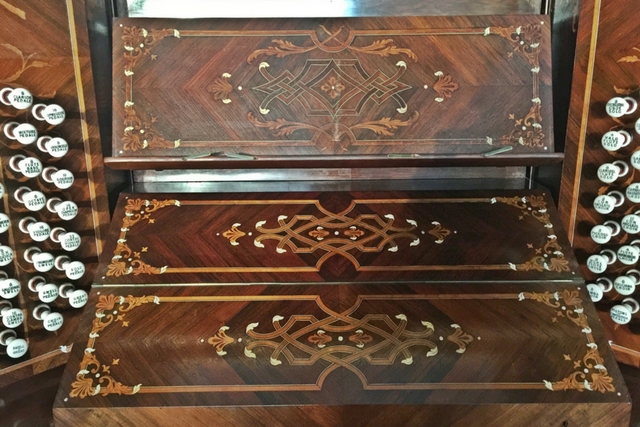
The organist on this occasion was Francis Rumsey from St Mary’s Witney. You may very well be familiar with him if you have viewed any of our videos that explain our ‘Physis’ sound technology.
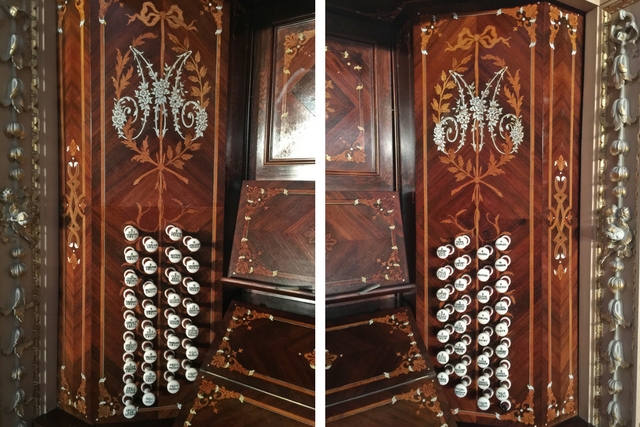
Francis as ever puts together a varied and interesting programme. His planning also extends to extraordinarily accurate timing. Asked to play for an hour this programme came in almost exactly on 60 minutes as did his earlier recital at Oxford Town Hall on the preceding Wednesday. Here is his programme, you can listen to the Bélier by clicking on the title:-
- Dietrich Buxtehude: Toccata in F, BuxWV 157
- George Thalben-Ball: Elegy
- Alfred Hollins: A Trumpet Minuet
- Charles-Marie Widor: 2nd movt. of the 6th Symphony
- Gaston Bélier: Toccata pour Grand Orgue
- Percy Whitlock: Five Short Pieces (1 Allegretto, 2 Folk Tune, 3 Andante Tranquillo, 4 Scherzo, 5 Paean)
- Willam Walton: Introduction and March from “Battle of Britain Suite”
- Pietro Yon: Humoreseque for flute
- W.J. Newstead (arr. Rumsey): “Wings” – The Royal Engineers March
As a little bonus please see this short clip with Francis playing and myself as a page turner and pulling the stops.
Organ restoration appeal
There is no doubt the condition of the instrument detracts from the pleasure of listening to it and of course even more so playing it. But there is a plan to raise the £400,000 needed to restore the instrument which you can contribute to if you are so inclined. The photo below shows the appeal brochure which has been produced. Lets hope that it gets some momentum to allow this fine example of a Father Willis organ to be back in tip top form in the near future.
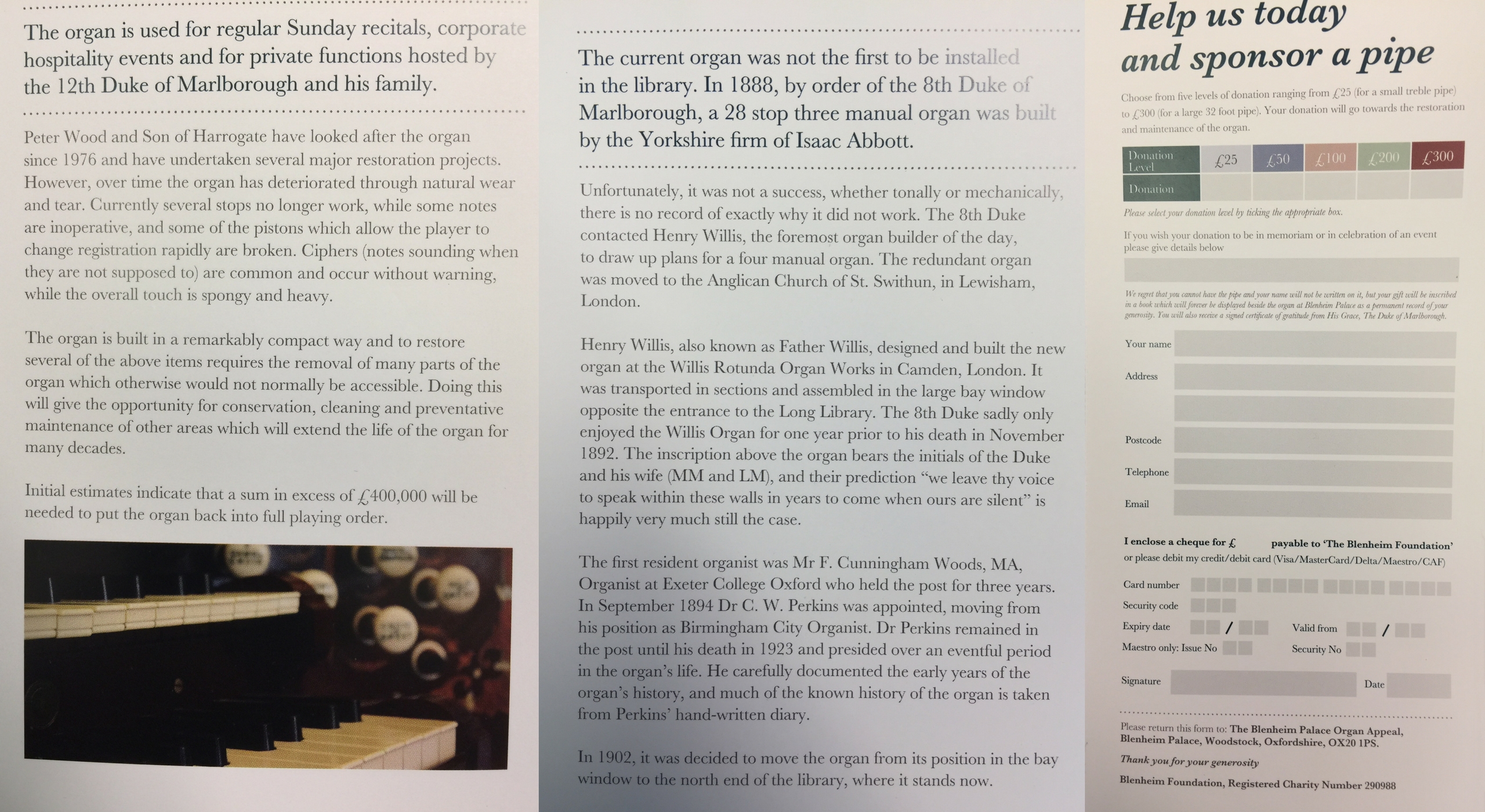
Blenheim Palace also holds a second organ in the chapel which we did not play on this occasion. You can see a couple of pictures of this instrument below.
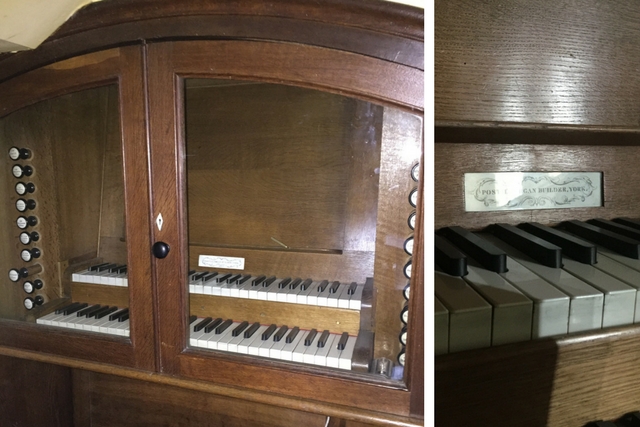
I have had a passion for church organs since the tender age of 12. I own and run Viscount Organs with a close attention to the detail that musicians appreciate; and a clear understanding of the benefits of digital technology and keeping to the traditional and emotional elements of organ playing.
